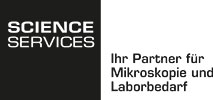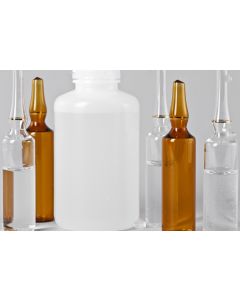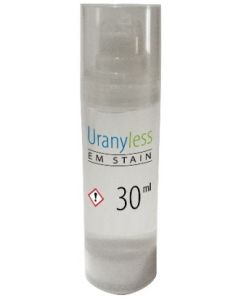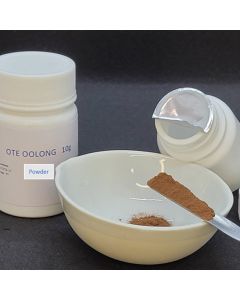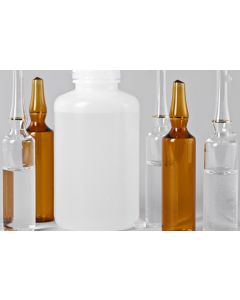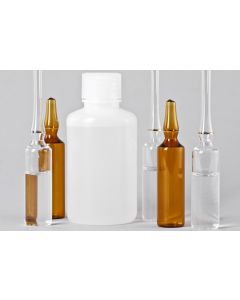Substitutes for Uranyl Acetate
Since many decades Uranyl Acetate is used as a main compound for post-staining of ultrathin sections of biological samples to generate contrast for electron microscopy. Usually, this post-staining step is followed by staining with Lead Citrate for contrast enhancement.
Uranyl Acetate and Uranyl Formate are further used for negative staining. Here, the staining agent creates an electron dense coating surrounding the sample enabling TEM imaging. Negative staining is mainly used for TEM visualization of small particles such as macromolecules, extracted cellular organelles, viral particles or other small biological structures.
The radioactivity of Uranyl compounds and the associated legal restrictions were the driving force for the development of new non-radioactive substitutes. Depending on the sample and structures to examine the substitutes show similar staining results.
UranyLess / UAR Replacement Stain

These substitutes for Uranyl compounds both use a mix of Lanthanoids showing similar staining results as Uranyl Acetate. Lead Citrate staining for contrast enhancement is possible.
UranyLess is available as a ready-to-use solution in a convenient dispenser bottle enabling a dropwise dosing. UranyLess has been tested intensively against a vast number of tissues, even negative staining of viral particles shows satisfying results. Apart from the standard aqueous solution UranyLess is available in 30% Ethanol used for dense, lipid-rich tissues that are otherwise difficult to stain. For Freeze Substitution a newly formulated UranyLess in Acetone solution has been released.
Platinum Blue
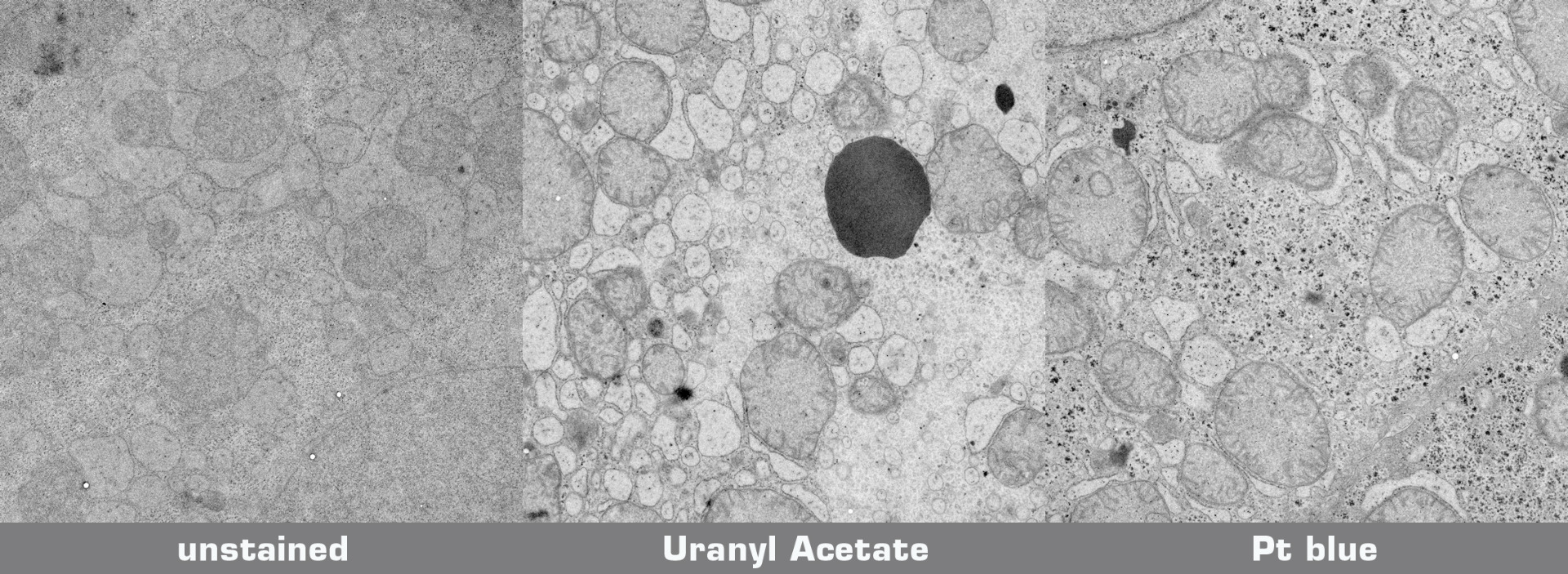
In the 1960s and 70s Platinum complexes have been mainly used as anti-tumor agents until the early 2000s when it has been suggested that Platinum complexes could be used as EM staining agent, as well. The initially long incubation times and poor staining properties have been significantly improved over the past years.
Platinum Blue together with Lead Citrate post-staining shows similar results compared to Uranyl Acetate and Lead Citrate staining. The disadvantage of this compound, however, is its high toxicity.
OTE Stain

OTE Stain is the extract of Oolong Tea. It is non-toxic and non-radioactive and therefore a non-hazardous substitute for Uranyl compounds.
OTE Stain has a high percentage of Tannin which shows good results for staining of fibrous connective tissues after contrast enhancement with Lead Citrate.
